Roots Rock Reggae DanceHall Hip-Hop Dub Jungle Electronica
Race The Final Frontier Album Credits
Musicians
Danny Elms
Eyasu Nichols
Patrick Watson
Rasta Reuben
John Goddard
Hugh Sealey
Mika Huhtanen
Ariel Peters
Elaine Shepherd
Chris Willis
Jeff Moulds
Galen Ashley
Ras Iwah
Wassawa
Okalani Leblanc
Tashell Cunningham
Tikeisha Cunningham
Danny Elms
Eyasu Nichols
Patrick Watson
Rasta Reuben
John Goddard
Hugh Sealey
Mika Huhtanen
Ariel Peters
Elaine Shepherd
Chris Willis
Jeff Moulds
Galen Ashley
Ras Iwah
Wassawa
Okalani Leblanc
Tashell Cunningham
Tikeisha Cunningham
Guitars 1,2,7,8,11
Drum Program 3
Keyboards 1,12
Bass 7
Drums 7
Precussion 1
Drums 1,2,6, 9,10,11,12
Base 1,2,6, 9,10,11,12
Backing Vocals 2,3,8,9
Harmonica 2
Recording 4
Recording 5
Guitars 1,3,12
DJ Vocals 4
Backing Vocals 6
Backing Vocals 1,12
Backing Vocals 1,12
Drum Program 3
Keyboards 1,12
Bass 7
Drums 7
Precussion 1
Drums 1,2,6, 9,10,11,12
Base 1,2,6, 9,10,11,12
Backing Vocals 2,3,8,9
Harmonica 2
Recording 4
Recording 5
Guitars 1,3,12
DJ Vocals 4
Backing Vocals 6
Backing Vocals 1,12
Backing Vocals 1,12
Track List
1 Race
2 Religion
3 My City
4 I Say Love
5 Love Is What We Need
6 Reggae Soldier
7 More Lovin
8 Righteousness
9 Live As One
10 Rude Bwoy
11 Geneva
12 Race Instrumental
1 Race
2 Religion
3 My City
4 I Say Love
5 Love Is What We Need
6 Reggae Soldier
7 More Lovin
8 Righteousness
9 Live As One
10 Rude Bwoy
11 Geneva
12 Race Instrumental
Mastering Engineer
Andy Krehm
Andy Krehm
Mixing Engineers
Ted Onyszczak
Terry Sawchuck
Galen Ashley
Mika Huhtanen
Daniel Byrne
Danny Elms
Ted Onyszczak
Terry Sawchuck
Galen Ashley
Mika Huhtanen
Daniel Byrne
Danny Elms
Recording Studios
Silverbirch Productions
Fader Master Sound
Ultra Flex Studios
Dub Vibe
Silverbirch Productions
Fader Master Sound
Ultra Flex Studios
Dub Vibe
Album Cover Art
Goisa Komorski
Goisa Komorski
All Tracks Written, Arranged, Produced and Performed By Fredlocks Asher,
AKA F.G.PHINN Lead Vocals, Keyboards, Drum Programs, Synth Horns, Base
AKA F.G.PHINN Lead Vocals, Keyboards, Drum Programs, Synth Horns, Base
Since the early 1940's the terms race and intelligence have been a subject of wide debate in both popular science and academic literature. If we examine the term race from a scientific perspective we can understand how race is a social construct. Researchers can now prove, beyond a doubt, that culture is a learned behavior. Hence any social behavior can be mimicked by any individual. Black social behavior can be mimicked by whites, For example if a German child is raised by a Russian family he or she will develop Russian cultural and social behavioral norms. The truth from a biological perspective is that we have more in common as a species than differences. Our ability to mimic these behaviors across racial and cultural lines is proof in of itself that our customs and beliefs are conditioned by our environment.
As we boldly embrace our oneness, we will begin to realize that our differences are merely cosmetic and have nothing to do with our ability and capacity to develop and grow into a more humane human being. Mutual respect started with the struggle for what we refer to as "human rights". The Declaration of Human Rights wasn't signed until Dec 10th 1945 and its only now, some 76 years later, that we are beginning to truly define what these "Human rights" should be and protect each other from those who would violate them. This again is proof that we are now emerging as a species form our primitive stages of owing our allegiance to countries, races, religions and empires, to a much broader acceptance of our astonishing global culture and remarkable human spirit.
The term race is an unintelligent way of describing a human being. Race is a term modern scientists, and enlightened individuals do not use. There is only one race from a scientific perspective; the humans are but one species. We have fought many wars only to come to the ultimate conclusion that we are all one Race, HUMAN. By F.G Phinn
RACE Quotes by H.I.M Haile Selassie I
"Until the Philosophy which hold one race superior and another inferior is finally and permanently discredited and abandoned, until there are no longer first class and second class citizens of any nation and until the color of a man skin is of no more significance than the color of his eyes, that until the basic human right are equally guaranteed to all without regard to race"
"We must become bigger than we have been, more courageous, greater in spirit, larger in outlook. We must become members of a new race, overcoming petty prejudice, owing our ultimate allegiance not to nations, but to our fellow citizen within the human community."
"We have seen again during our visit that god has not been partial in His divine creation.The difference of skin color is a notion which has no significance and the futility of asserting a difference has now become obvious.”
“To win the war to overcome the enemy upon the field cannot alone ensure the victory in peace. The cause of War must be removed. Each Nations rights must be secure from violation. Above all from the human mind must be erased all thoughts of war as a solution. Then and only then will war cease.”
"Until the Philosophy which hold one race superior and another inferior is finally and permanently discredited and abandoned, until there are no longer first class and second class citizens of any nation and until the color of a man skin is of no more significance than the color of his eyes, that until the basic human right are equally guaranteed to all without regard to race"
"We must become bigger than we have been, more courageous, greater in spirit, larger in outlook. We must become members of a new race, overcoming petty prejudice, owing our ultimate allegiance not to nations, but to our fellow citizen within the human community."
"We have seen again during our visit that god has not been partial in His divine creation.The difference of skin color is a notion which has no significance and the futility of asserting a difference has now become obvious.”
“To win the war to overcome the enemy upon the field cannot alone ensure the victory in peace. The cause of War must be removed. Each Nations rights must be secure from violation. Above all from the human mind must be erased all thoughts of war as a solution. Then and only then will war cease.”
Article on the subject of Race Published January 2014
by Nina Jablonski.Distinguished Professor of Anthropology at The Pennsylvania State University
Race has always been a vague and slippery concept. In the mid-eighteenth century, European naturalists such as Linnaeus, Comte de Buffon, and Johannes Blumenbach described geographic groupings of humans who differed in appearance. The philosophers David Hume and Immanuel Kant both were fascinated by human physical diversity. In their opinions, extremes of heat, cold, or sunlight extinguished human potential. Writing in 1748, Hume contended that, "there was never a civilized nation of any complexion other than white."Kant felt similarly. He was preoccupied with questions of human diversity throughout his career, and wrote at length on the subject in a series of essays beginning in 1775. Kant was the first to name and define the geographic groupings of humans as races (in German, Rassen). Kant's races were characterized by physical distinctions of skin color, hair form, cranial shape, and other anatomical features and by their capacity for morality, self-improvement, and civilization. Kant's four races were arranged hierarchically, with only the European race, in his estimation, being capable of self-improvement.
by Nina Jablonski.Distinguished Professor of Anthropology at The Pennsylvania State University
Race has always been a vague and slippery concept. In the mid-eighteenth century, European naturalists such as Linnaeus, Comte de Buffon, and Johannes Blumenbach described geographic groupings of humans who differed in appearance. The philosophers David Hume and Immanuel Kant both were fascinated by human physical diversity. In their opinions, extremes of heat, cold, or sunlight extinguished human potential. Writing in 1748, Hume contended that, "there was never a civilized nation of any complexion other than white."Kant felt similarly. He was preoccupied with questions of human diversity throughout his career, and wrote at length on the subject in a series of essays beginning in 1775. Kant was the first to name and define the geographic groupings of humans as races (in German, Rassen). Kant's races were characterized by physical distinctions of skin color, hair form, cranial shape, and other anatomical features and by their capacity for morality, self-improvement, and civilization. Kant's four races were arranged hierarchically, with only the European race, in his estimation, being capable of self-improvement.
Why did the scientific racism of Hume and Kant prevail in the face of the logical and thoughtful opposition of von Herder and others? During his lifetime, Kant was recognized as a great philosopher, and his status rose as copies of his major philosophical works were distributed and read widely in the nineteenth century. Some of Kant's supporters agreed with his racist views, some apologized for them, or—most commonly—many just ignored them. The other reason that racist views triumphed over anti-racism in the late eighteenth and nineteenth centuries was that racism was, economically speaking, good for the transatlantic slave trade, which had become the overriding engine of European economic growth. The slave trade was bolstered by ideologies that diminished or denied the humanity of non-Europeans, especially Africans. Such views were augmented by newer biblical interpretations popular at the time that depicted Africans as destined for servitude. Skin color, as the most noticeable racial characteristic, became associated with a nebulous assemblage of opinions and hearsay about the inherent natures of the different races. Skin color stood for morality, character, and the capacity for civilization; it had become a meme. The nineteenth and early twentieth centuries saw the rise of "race science." The biological reality of races was confirmed by new types of scientific evidence amassed by new types of scientists, notably anthropologists and geneticists. This era witnessed the birth of eugenics and its offspring, the concept of racial purity. The rise of Social Darwinism further reinforced the notion that the superiority of the white race was part of the natural order. The fact that all people are products of complex genetic mixtures resulting from migration and intermingling over thousands of years was not admitted by the racial scientists, nor by the scores of eugenicists who campaigned on both sides of the Atlantic for the improvement of racial quality.
The mid-twentieth century witnessed the continued proliferation of scientific treatises on race. By the 1960s, however, two factors contributed to the demise of the concept of biological races. One of these was the increased rate of study of the physical and genetic diversity human groups all over the world by large numbers of scientists. The second factor was the increasing influence of the civil rights movement in the United States and elsewhere. Before long, influential scientists denounced studies of race and races because races themselves could not be scientifically defined. Where scientists looked for sharp boundaries between groups, none could be found.
Despite major shifts in scientific thinking, the sibling concepts of human races and a color-based hierarchy of races remained firmly established in mainstream culture through the mid-twentieth century. The resulting racial stereotypes were potent and persistent, especially in the United States and South Africa, where subjugation and exploitation of dark-skinned labor had been the cornerstone of economic growth. After its "scientific" demise, race remained as a name and concept, but gradually came to stand for something quite different. Today many people identify with the concept of being a member of one or another racial group, regardless of what science may say about the nature of race. The shared experiences of race create powerful social bonds. For many people, including many scholars, races cease to be biological categories and have become social groupings. The concept of race became a more confusing mélange as social categories of class and ethnicity. So race isn't "just" a social construction, it is the real product of shared experience, and people choose to identify themselves by race.
Clinicians continue to map observed patterns of health and disease onto old racial concepts such as "White", "Black" or "African American", "Asian," etc. Even after it has been shown that many diseases (adult-onset diabetes, alcoholism, high blood pressure, to name a few) show apparent racial patterns because people share similar environmental conditions, grouping by race are maintained. The use of racial self-categorization in epidemiological studies is defended and even encouraged. In most cases, race in medical studies is confounded with health disparities due to class, ethnic differences in social practices, and attitudes, all of which become meaningless when sufficient variables are taken into account.
Race's latest makeover arises from genomics and mostly within biomedical contexts. The sanctified position of medical science in the popular consciousness gives the race concept renewed esteem. Racial realists marshal genomic evidence to support the hard biological reality of racial difference, while racial skeptics see no racial patterns. What is clear is that people are seeing what they want to see. They are constructing studies to provide the outcomes they expect. In 2012, Catherine Bliss argued cogently that race today is best considered a belief system that "produces consistencies in perception and practice at a particular social and historical moment".
Race has a hold on history, but it no longer has a place in science. The sheer instability and potential for misinterpretation render race useless as a scientific concept. Inventing new vocabularies of human diversity and inequity won't be easy, but is necessary.
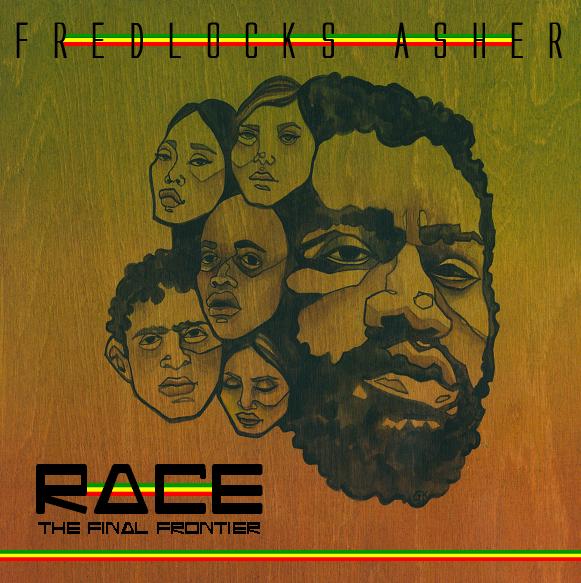
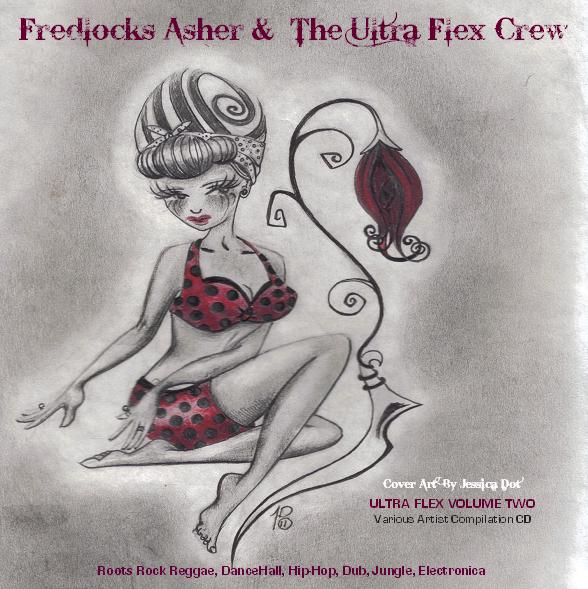
Fredlocks Asher & The Ultra Flex Crew




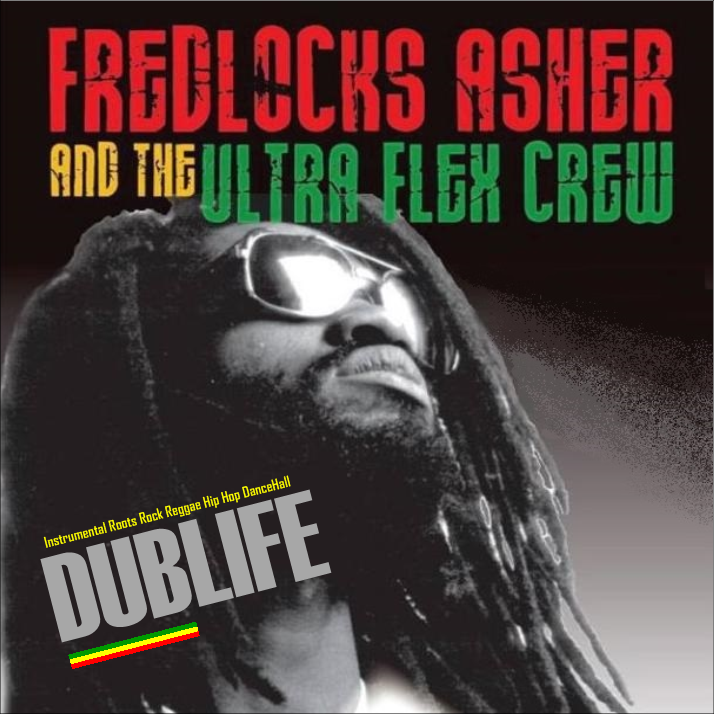

Available On ALL FORMATS !!

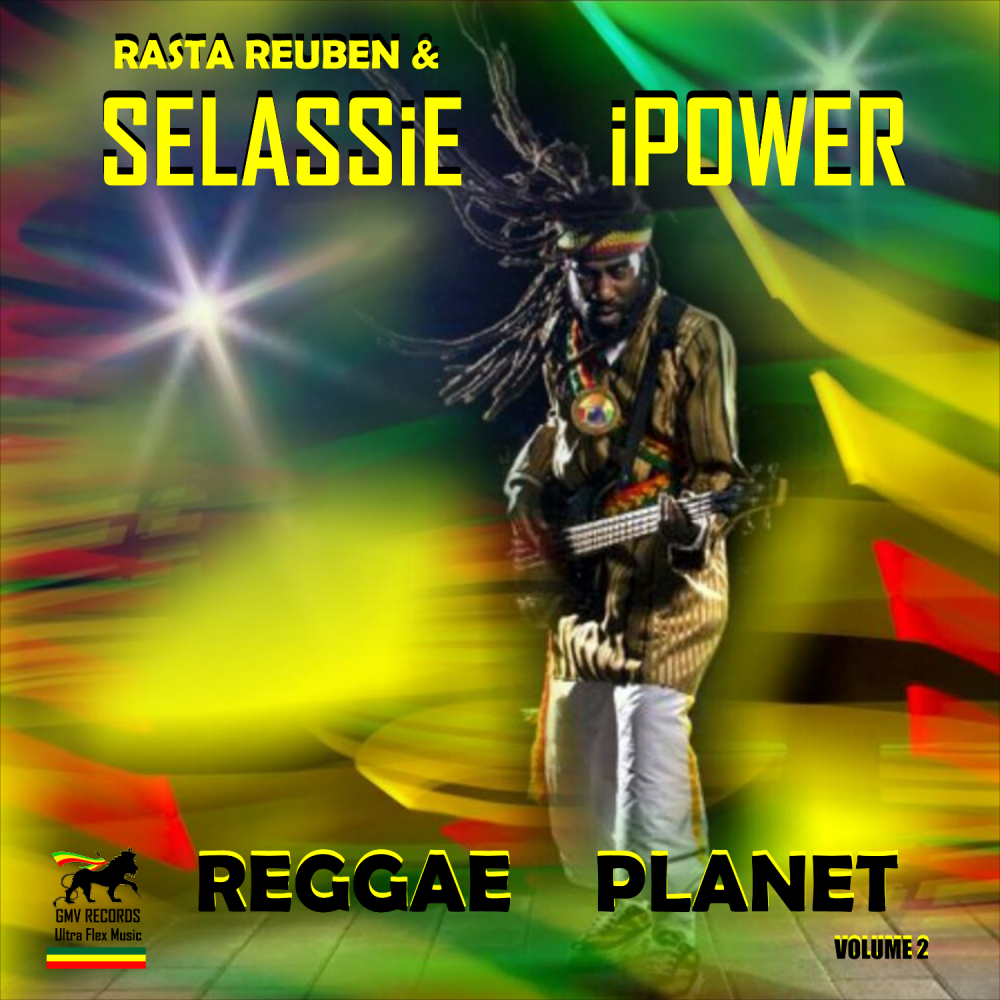

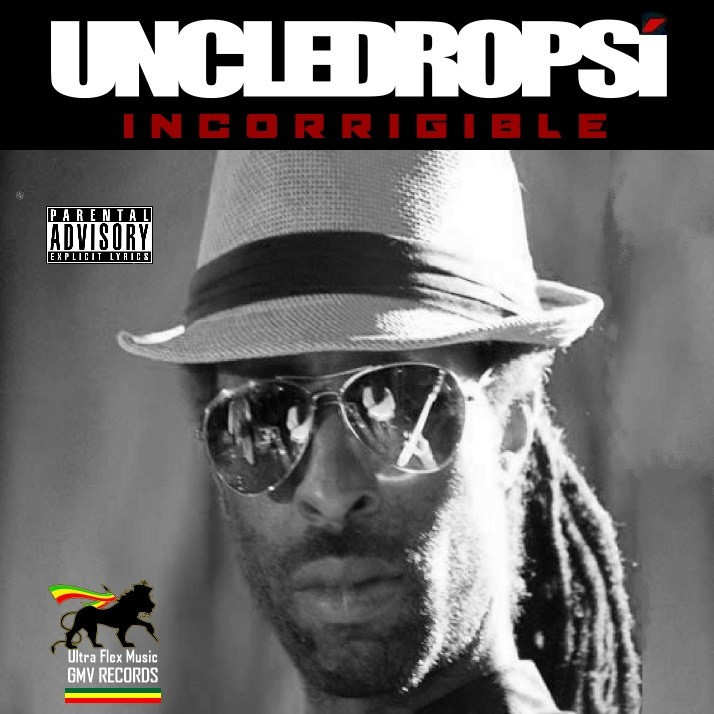


iTunes, Apple Music, Spotify, Amazon, YouTube, Pandora, Deezer, iHeartRadio, Napster ,Tencent, TikTok/Resso, Triller/7Digital, BOOM

Other albums produced by and or featuring Fredlocks Asher on Keyboards, Vocals ,mixing and engineering

Available On ALL FORMATS !!

Click on each album for track sample and other info

